Leah Harris: A Journey of Confidence and Strength at Poseidon Performance
Leah Harris, a 18-year-old with an interest in fitness but limited experience, first came to Poseidon Performance at the request of her parents, who wanted someone they trusted to guide her in the gym. What began as a cautious introduction to exercise quickly blossomed into a life-changing experience. Leah joined a training regimen alongside Nicholas Martin-Jones and Rosie Jessop, both experienced in helping individuals unlock their potential through tailored coaching.

Rebuilding The Core
When returning from a back injury, we must take a logical and planned approach. Selecting exercises that help facilitate the healing process without placing excessive load on the spine that re-create symptoms and fairs up the injury. Performing anti-rotation exercises before one can successfully squat with light weight can often have negative consequences. Exercises that create a rotational force on the body (such as: pallof press) can place upwards of four times as much compression on the spine compared to the same weight that attempts to create a flexion/extension force.
The following is a logical progression of stability exercises that stress the body first through a sagittal plane (flexion/extension torque), then a frontal plane (lateral torque) and finally through a transverse plane (torsional torque). While there is no such thing as an ideal set of exercises for any rehabilitation program, the following exercises can be a good starting point for creating a plan that best suits your body type and performance requirements.

Core strength: Dynamic Core Strength v Core Stiffness
The body's core region is sometimes referred to as the torso or the trunk, (although there are some differences in the muscles identified as constituting them). The major muscles involved in core stability include the pelvic floor muscles, transversus abdominis, multifidus, internal and external obliques, rectus abdominis. The erector muscles of the back such as erector spinae (sacrospinalis) especially the longissimus thoracis, the diaphragm, and the larger muscles that span multiple joints (like the lats and psoas muscles). The glutes are also an important part of the ‘core’. Each and every one of these muscles must coordinate together in order to enhance the stability of the spine


